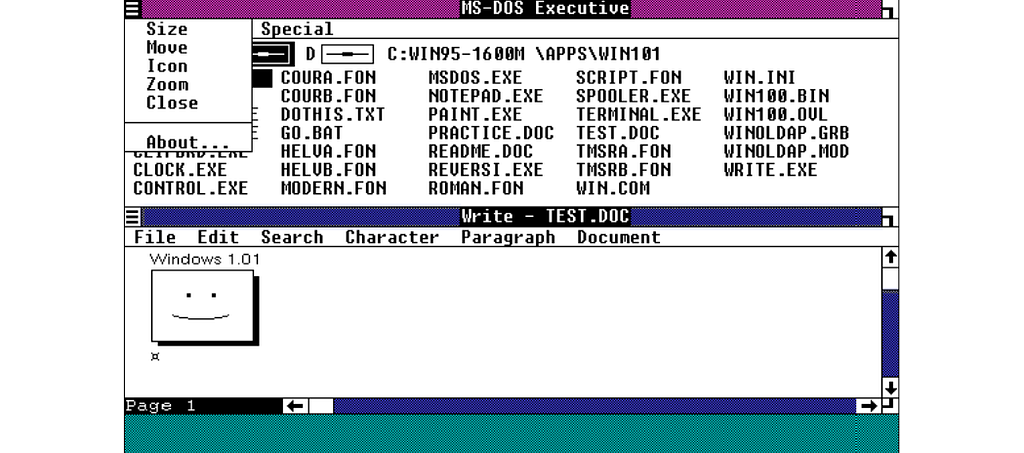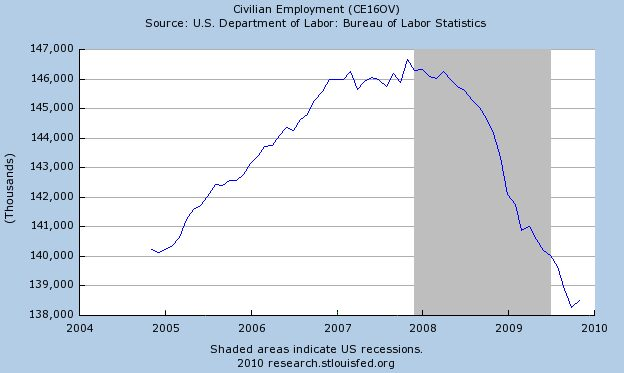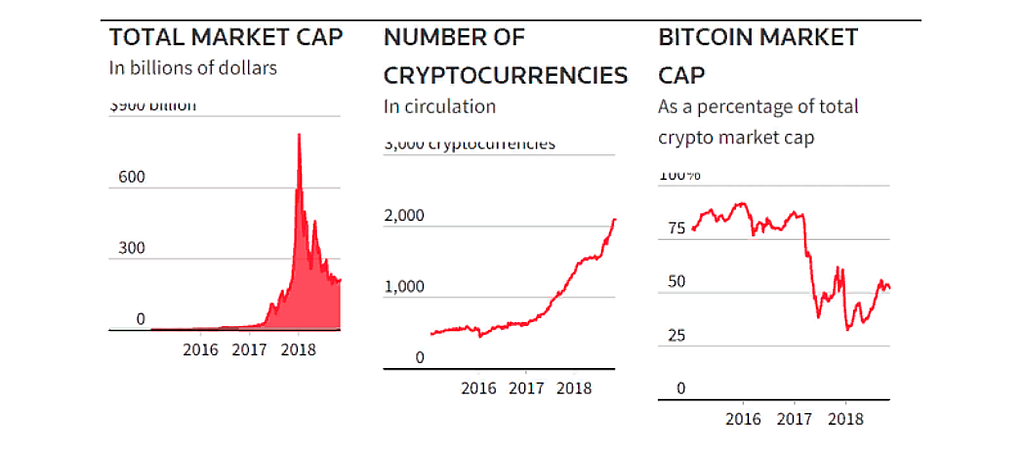Latest news about Bitcoin and all cryptocurrencies. Your daily crypto news habit.

“Those who cannot remember the past are condemned to repeat it” was a famous statement made by the philosopher George Santayana, who was convinced that history repeated itself. And he had a lot of evidence to base his theory on, however, you don’t need to be a philosopher or a technical wizard to tell that the cryptocurrency world is repeating the same mistakes that computer companies made back in the early days of the Internet.
In this article, you’re going to understand why the technology that we can’t live without today, computers, existed for decades before getting into people’s homes and how cryptocurrency could repeat this unfortunate history if projects like Darb weren’t around to try and solve the faults that are keeping the ordinary people away from the technology.
Computers are for geeks
One of the first computers ever invented, batch computers were a complete failure from the user-interface standpoint. There was no real-time interaction possible and the user had to input a piece of stiff paper (a punch card containing their commands) and wait hours or even days for an output.

The next biggest upgrade was the introduction of a Command-Line Interface (CLI), which allowed the user to type in his or her requests. The keyboard wasn’t such a big invention, as we’ve already seen it before with the typewriter, but it was doing its job. And it also saved a few trees by removing the need for punch cards.
In both cases, you can see that if you wouldn’t have a deep understanding of the technology you wouldn’t know how to actually use a computer to your benefit. For the majority of people at the time, this incredible innovation was useless.
That’s because the first developers considered user interfaces as an unnecessary expense.
This happened in the mid-1960s and the CLI continued to be used throughout the 1970s and 1980s.
The first fully integrated computer was Xerox Star, released in 1981 with a digital user interface and pointing system (a predecessor to the computer mouse). Then Apple Lisa Office System 1 was introduced, VisiCorp Visi On, Mac OS System 1, Amiga Workbench 1.0, and so on.
Anyway, it wasn’t until the first Windows operating system, Windows 1.0, which was invented by Bill Gates back in 1985, when the human interaction with a computer moved from the console world to a simpler, more colorful higher-resolution interface.

That was the moment when computers became mainstream and started to make a place in people’s homes.
Who is cryptocurrency made for?
Today, cryptocurrencies are tools for geeks and tech specialists, just like computers were back then. In order to have access to the innovative blockchain technology and use it to your benefit, you should know how the compiler works, how to use a CLI, set the transactions fees yourself, and so on.
If you’re not technical enough, if you aren’t part of the small group of people who can easily handle the imposed exhaustive process of accessing a digital wallet, transferring funds, trade on an exchange, and secure your own tokens, you are out of the game. The blockchain technology practically doesn’t exist for you.
For most people, the blockchain and its digital coins look like the the first attempts at a user interface in the early years of computer technology.
Mass adoption won’t occur until we’re getting a simple, yet clear interface.
As you can probably already tell, computer technology remained unreachable for most of the population for decades until an accessible interface had been designed. One decade already passed since the blockchain’s invention, so will the cryptocurrency world repeat the cycle and wait for a few more decades before finally breaking into the mainstream?
The dream
Even though Bitcoin was invented 10 years ago, the journey of the blockchain started in 1991 when the first digital structure similar to blockchain was mentioned in a research paper titled “How to Time-Stamp a Digital Document,” by Haber and Stornetta. A “timestamping” server was involved, which would sign a digital document with the current timestamp and (this is very important) link the document to the previous document. It was possible with pointers, but we won’t get into technical details here. The concept is the same as blockchain: it ensured no one could tamper with the data that had passed through the server.
Throughout the years, this technology has been upgraded; the system incorporated Merkle trees, the same structure that the current blockchain technology is based on. However, it didn’t find much success until 2009 when Satoshi Nakamoto released the first application of a digital ledger technology; Bitcoin.
Satoshi Nakamoto’s identity remains a mystery, even today. People believe he could be a person or a group of people. In either case, right after the economic crash in 2008, he (or they) had this idea of creating an ideal financial system taking all the power away from the institutions that led the way to the suffering of working-class citizens.

We can’t know with certainty whether the 2008 recession was the source of inspiration for Bitcoin, but it was certainly the right environment for it to take off.
This is how Satoshi Nakamoto’s dream became a reality.
Where did the disconnect happen?
Blinded by our own greed in an environment with over 2,000 tokens, more than 100 cryptocurrency exchanges have major security and scalability issues as a result of being based on white-label engines ported from FOREX and other traditional exchanges. Additionally, over $2 billion worth of assets have been stolen; we have infused the cryptocurrency world with all the faults of past systems.

Bitcoin is just one of the several hundred applications that use blockchain technology and the beauty of open source is that anyone can decide to make their own version. Even if similar technologies were built before Bitcoin, Satoshi still wrote a white paper and made his dream come true.
Now that we are aware of the key issues that are holding back blockchain adoption, we need to look forward to the next project that will become the next step in our technological evolution.
“Blockchain is to bitcoin what the Internet is to email. A big electronic system, on top of which you can build applications. Currency is just one,” Sally Davies, FT Technology reporter.
What’s next?
In this narrative, we’re looking for new services that are usable by everyone. Disruption in the blockchain world can be made by enhancing the user experience, which will introduce people from all around the world to the true potential of this technology.
And all this leads us to Darb; a platform that offers a stable, scalable, and trusted exchange along with a multi-currency wallet that can be accessed via a card or directly through mobile fingerprint payments. Sounds like the ideal finance solution, right? Well, it might just be.
While complex solutions are being introduced, Darb has the same dream Bill Gates once had with the invention of Windows: equip users with a personal interface as an easy gateway to new technology. Darb is that interface for the cryptocurrency world. They offer:
- Crypto to fiat conversion
- Crypto-to-crypto exchange that can handle millions of transactions in mere seconds
- Multichain wallet where you have everything ready to use from the first time you open the application
- Associated debit card, Apple Pay, or Android Pay for fingerprint transactions
- Portfolio management and portfolio follower program
- Ability to export to a cold wallet
- 2FA, reCAPTCHA, email confirmation, same browser login, new device login confirmation, IP tracking, anti-phishing codes.
The exchange, DARB Finance, is functional and ready to use today. Their other features are still in development, but the steps toward creating one platform with an accessible design available in a browser, as well as in your pocket as a mobile app, is becoming a reality.
Real advancements will be made when the average people will be able to easily use cryptocurrencies. The cryptocurrency community is already made up of its early adopters, the ones that are more technically savvy than the average person and don’t mind heading to Github to download, compile, and run an experimental wallet just to keep their funds safe. For all other people, entry into this community is imposing a steep learning curve that needs to be pursued while trying to find the correct information between all the news buzz, scammers, and unofficial information out there. One thing is clear, the average user can’t be overlooked for too long. No progress is possible without the acceptance of ordinary people.
Is Cryptocurrency Really Made for Everyone? was originally published in Hacker Noon on Medium, where people are continuing the conversation by highlighting and responding to this story.
Disclaimer
The views and opinions expressed in this article are solely those of the authors and do not reflect the views of Bitcoin Insider. Every investment and trading move involves risk - this is especially true for cryptocurrencies given their volatility. We strongly advise our readers to conduct their own research when making a decision.

